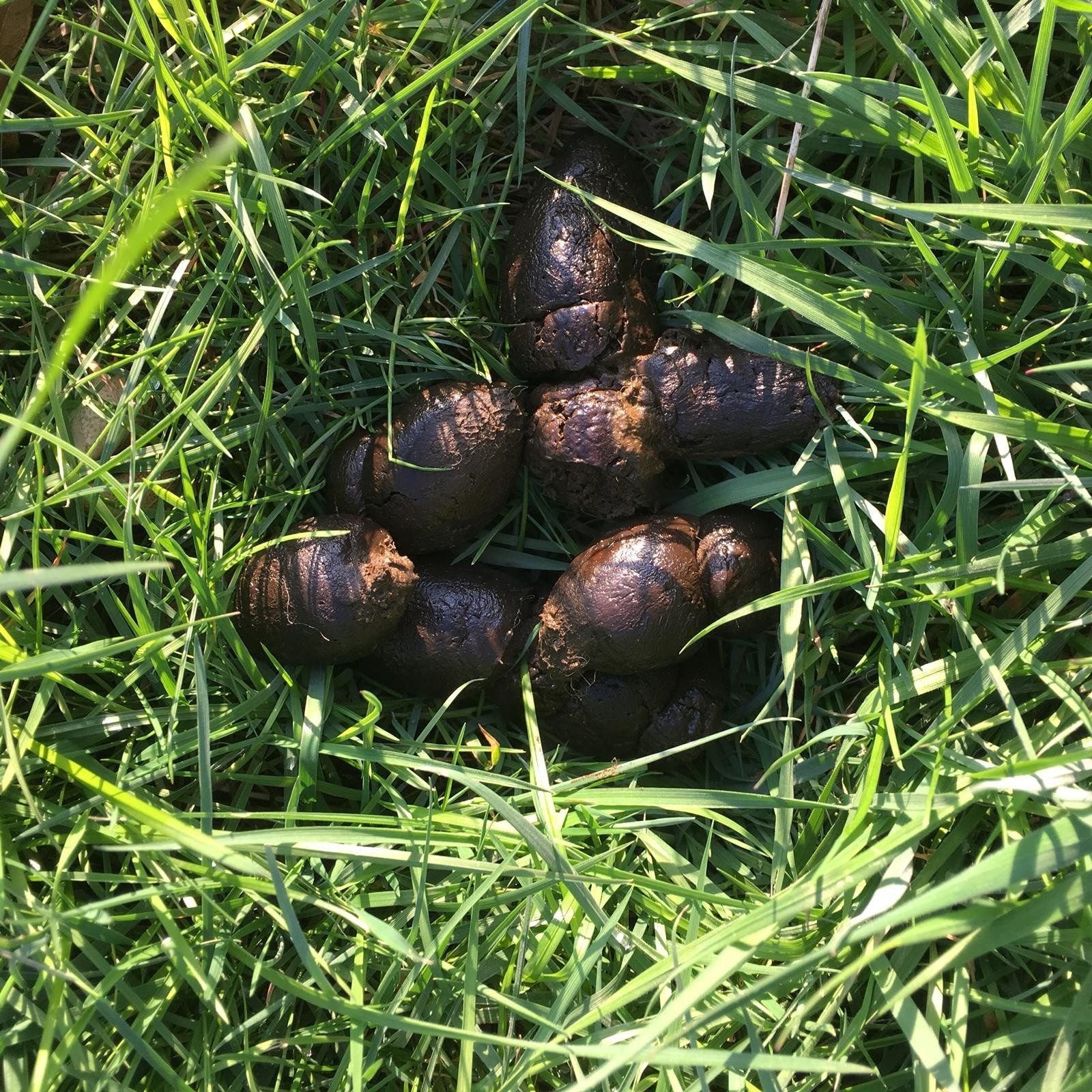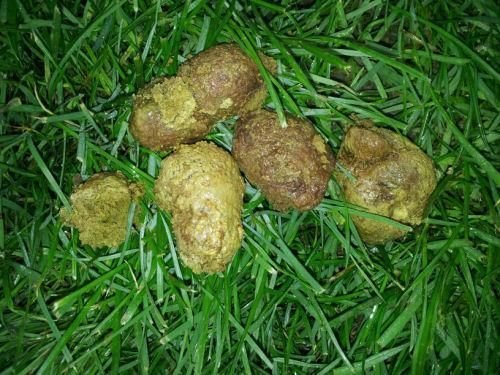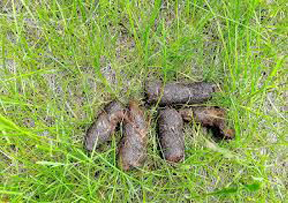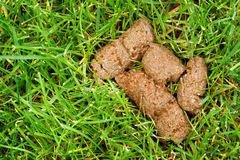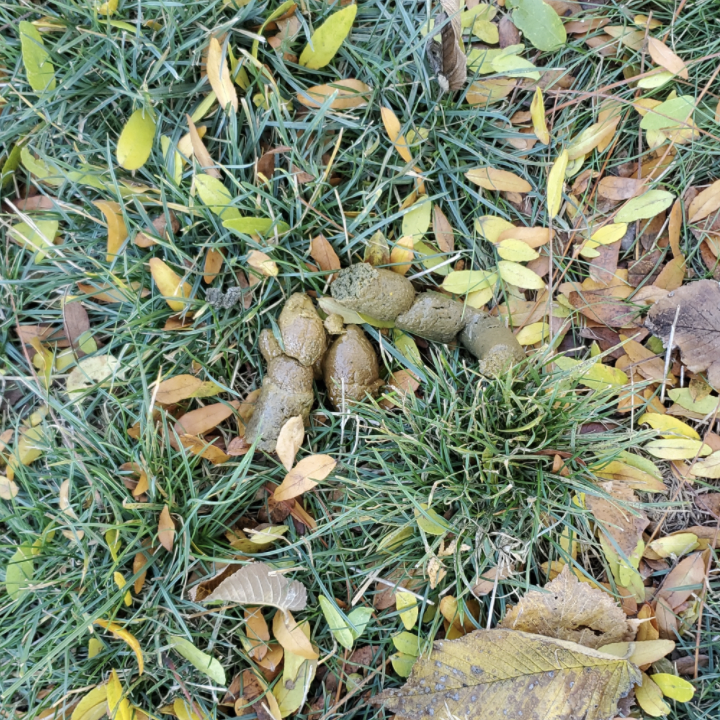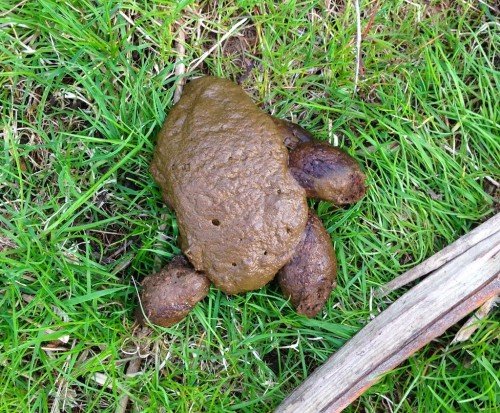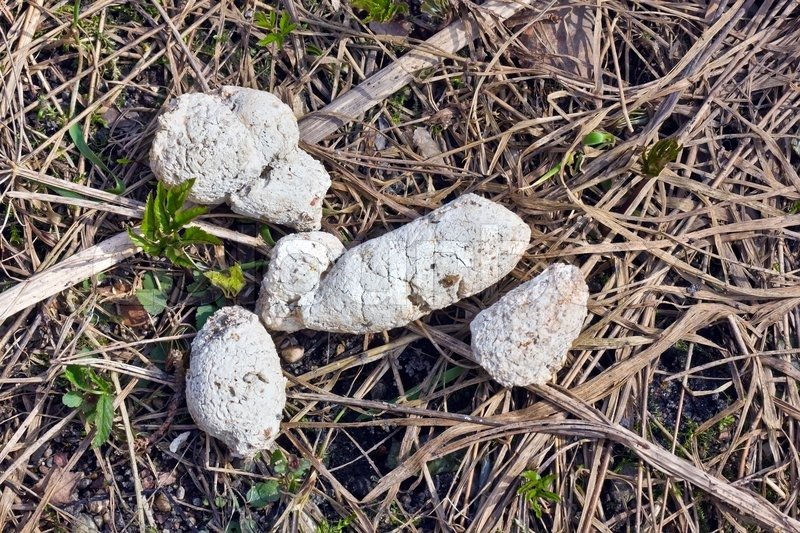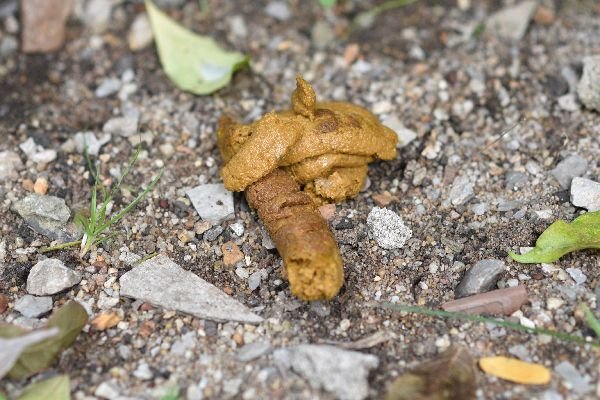A Colorful Guide to Your Dog's Poop Health
In this article, we've explored some of the most common dog poop color changes and their potential causes. By monitoring your dog's poop color and being aware of any changes, you can help to ensure your furry friend stays healthy and happy. Remember, if you're ever concerned about your dog's poop color or health, don't hesitate to reach out to your veterinarian for guidance.
Preview: Did you know that your dog's poop can be a vital indicator of their overall health? In this colorful guide, we dive deep into the world of dog poop colors and what they mean. Learn how to keep your furry friend healthy and happy by understanding the significance of their poop color.
Introduction
As a dog owner, you're probably no stranger to cleaning up after your furry friend. But did you know that the color of your dog's poop can reveal important information about their health? 🐾💩 In this comprehensive guide, we'll explore the world of dog poop colors, what they mean, and how you can use this knowledge to help keep your canine companion healthy and happy.
Understanding the importance of monitoring your dog's poop color is essential for any responsible pet owner. A sudden change in color could signal a variety of health issues, ranging from mild to severe. By regularly observing your dog's poop, you'll be better equipped to identify potential problems early on and take action to protect your pet's well-being.
In this guide, we'll discuss the connection between your dog's poop color and their overall health. We'll also look at the role of diet and other factors that can influence the color of your dog's poop. So, let's dive in and get to the bottom of what your dog's poop color really means.
If you haven’t yet, download the app on the Google Play Store or Apple App Store.
Understanding Normal Dog Poop Color
The ideal color for healthy dog poop is a chocolate brown hue. This color indicates that your dog is digesting their food properly and that their digestive system is functioning as it should. Consistency and size are also essential factors to consider when assessing your dog's poop health. A healthy poop should be firm and easy to pick up, while not being too hard or dry.
Several factors contribute to your dog's poop appearing this chocolate brown color. The main reason is the presence of a pigment called bilirubin, which is produced during the normal breakdown of red blood cells in your dog's body. Once broken down, bilirubin is processed by the liver and then excreted in the form of bile, which helps to digest fats in your dog's diet. The bile eventually makes its way through your dog's digestive system, where it mixes with their poop and produces the familiar brown color.
However, it's important to remember that every dog is unique, and what's considered "normal" for one dog may not be the same for another. Factors such as your dog's diet, age, and breed can all influence the appearance of their poop. By familiarizing yourself with your dog's regular poop color and consistency, you'll be better prepared to spot any potential issues that may arise.
Common Dog Poop Color Changes and Their Meanings
Now that we have a better understanding of what normal, healthy dog poop should look like, let's explore some of the most common color changes and what they could signify.
Green Dog Poop
Occasionally, you might find that your dog's poop has taken on a green hue. This color change can be caused by a variety of factors, such as:
1. Ingestion of grass: If your dog has been grazing on grass, their poop may appear green. This is generally not a cause for concern, as dogs sometimes eat grass to soothe an upset stomach or because they enjoy the taste. However, if your dog is eating grass excessively, it's worth discussing this habit with your veterinarian.
2. A diet high in chlorophyll: Certain dog foods and treats contain high levels of chlorophyll, which can result in green poop. If you've recently changed your dog's diet, this may be the cause of the color change. Keep an eye on your dog's poop and consult with your veterinarian if you're concerned about their diet.
3. A gastrointestinal issue: In some cases, green poop could indicate a more serious issue with your dog's gastrointestinal tract. If your dog is experiencing diarrhea or other digestive symptoms in addition to the green poop, consult your veterinarian for a proper evaluation.
Yellow or Orange Dog Poop
Yellow or orange poop may indicate a problem with your dog's liver or gallbladder, as these organs play a crucial role in processing bilirubin and producing bile. If your dog's poop is consistently yellow or orange, it's important to consult with your veterinarian to rule out any underlying health issues.
Some possible causes of yellow or orange dog poop include:
A liver problem: Liver issues can lead to a decrease in bile production, resulting in yellow or orange poop. If your dog is experiencing other symptoms such as weight loss, vomiting, or lethargy, contact your veterinarian immediately.
A gallbladder issue: Gallbladder problems, such as inflammation or gallstones, can also interfere with bile production and result in yellow or orange poop. Seek veterinary care if you suspect your dog may have a gallbladder issue.
Rapid transit through the digestive system: If your dog's poop moves too quickly through their digestive system, there may not be enough time for bile to fully break down, resulting in a yellow or orange color. This can be caused by gastrointestinal infections, food allergies, or other digestive issues.
Black or Tarry Dog Poop
Black or tarry poop is often a cause for concern, as it may indicate the presence of blood in your dog's digestive system. This can be a sign of a serious health issue that requires immediate veterinary attention.
Possible causes of black or tarry dog poop include:
Bleeding in the upper digestive tract: Blood in your dog's stomach or small intestine can result in black, tarry poop. This may be caused by ulcers, inflammation, or other digestive issues.
Blood clotting disorders: Dogs with blood clotting disorders may experience bleeding in their digestive system, leading to black or tarry poop. Consult your veterinarian if you suspect your dog has a clotting disorder.
Certain medications: Some medications, such as anti-inflammatories or iron supplements, can cause black or tarry poop in dogs. If your dog is on medication and you notice a change in their poop color, consult your veterinarian.
White or Gray Dog Poop
White or gray dog poop can be a sign that your dog isn't properly digesting their food or that there's an issue with their pancreas, liver, or gallbladder. If your dog's poop is consistently white or gray, it's essential to consult with your veterinarian to determine the cause and discuss possible treatment options.
Possible causes of white or gray dog poop include:
Insufficient bile production: If your dog's liver or gallbladder isn't producing enough bile, the result can be white or gray poop. Bile is essential for breaking down fats in the digestive system, and a lack of bile can lead to malabsorption and malnutrition.
Pancreatic insufficiency: The pancreas is responsible for producing enzymes that aid in digestion. If your dog's pancreas isn't functioning correctly, it can result in white or gray poop. This condition is known as exocrine pancreatic insufficiency (EPI) and requires veterinary treatment.
High levels of calcium: White or gray poop can sometimes be a result of excessive calcium in your dog's diet. This may be due to supplements or certain dog foods with high calcium content. Consult your veterinarian to determine if your dog's diet is the cause of their white or gray poop.
The Importance of Monitoring Your Dog's Poop Color
Keeping an eye on your dog's poop color is an essential aspect of monitoring their overall health. Regularly checking the color, consistency, and any other changes in your dog's poop can help you identify potential health issues early and seek veterinary care when necessary.
In addition to monitoring your dog's poop color, it's also crucial to ensure they have a healthy diet and get regular exercise. A well-balanced diet and exercise routine can help prevent many common health issues in dogs and promote overall well-being.
Understanding Poop Color Changes in Puppies
Puppies, like adult dogs, can also experience changes in their poop color. However, it's essential to be aware that puppies are more susceptible to parasites and infections, which can lead to changes in their poop. If you notice any changes in your puppy's poop color or consistency, consult your veterinarian right away.
Introducing Daisy: Your Dog's Poop Monitoring Companion
Having a clear understanding of your dog's poop color and its implications is essential, but it's even better when you have a handy tool like Daisy to assist you in monitoring your dog's digestive health. With Daisy, all you need is a smartphone with a camera, and you're ready to begin tracking your dog's poop!
Here's how Daisy works and the features it offers to users:
History Tracker:
Saves and stores all previous content with your permission.
Organizes content and analysis of photos by date for easy access.
Quick AI Analysis:
Analyzes poop contents on-the-spot to provide insight into the health of your dog's digestive system.
Detects issues based on color and consistency.
Recommends ways to help improve your dog's health for better poop quality.
Signals:
Alerts you to the classification of what is found in your dog's poop, such as:
Blood
Foliage
Foreign Object
Mucus
White Spots
Provides suggestions, like reaching out to a vet or monitoring your dog's diet more closely.
Settings:
Dark mode for users who prefer a less bright screen.
Don't want to look at poop photos? No problem! With blur mode, Daisy will cover up the photo while still providing you with valuable information.
To start using Daisy, simply download the free app on your smartphone, bring it with you on walks or potty breaks, and snap a photo of your dog's poop. The app will handle the rest, giving you insights into your dog's digestive health and helping you make informed decisions to ensure their well-being.
With Daisy, you'll have a powerful tool in your hands to help you raise a happier, healthier dog. Give Daisy a try today and join the growing community of dog owners who are embracing the future of pet care!
Final Thoughts on Dog Poop Color
In conclusion, monitoring your dog's poop color is a vital part of being a responsible pet owner. By paying attention to changes in your dog's poop color and understanding the potential causes, you can help ensure your furry friend stays healthy and happy.
Remember, it's always best to consult with your veterinarian if you're concerned about your dog's poop color or overall health. They can help determine the cause and recommend appropriate treatment options to get your dog back on track to good health.
Make sure you download Daisy, the AI-powered health and nutrition platform for dogs, to help you raise a happier, healthier dog. With features like the dog poop analyzer, personalized meal plans, and wellness coach chatbot, you can confidently take care of your canine companion using cutting-edge technology. Try Daisy today and join the growing community of dog owners embracing the future of pet care!
Download on the Google Play Store. Download on the Apple App Store.


